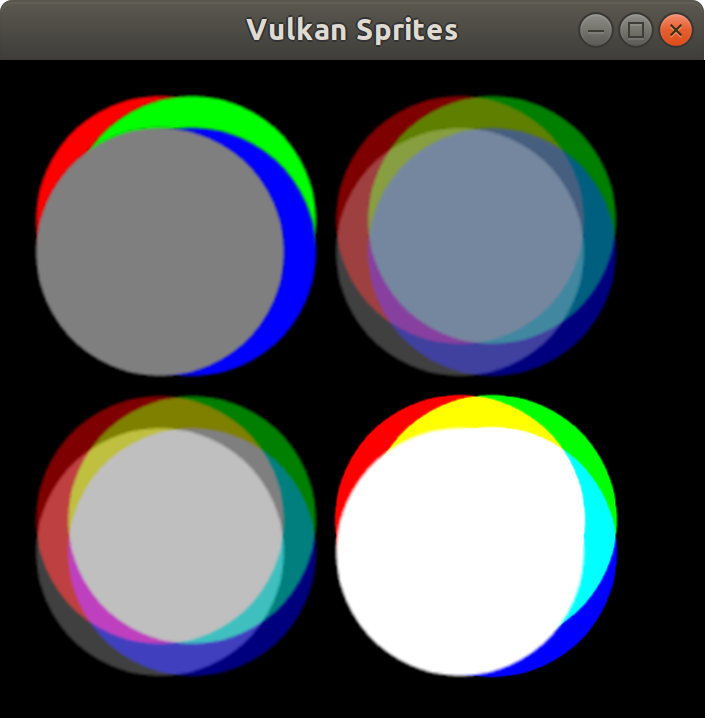Project Description » History » Revision 44
« Previous |
Revision 44/74
(diff)
| Next »
Joseph Eugene PELC, 10/31/2024 01:25 PM
Home | Team Members | Project Description | Code | UML Diagrams | Results |
Project Description
Overview¶
The aim of this project is to output two different projector images merged into one singular display. We used techniques such as gamma correction, alpha blending, and modification of intensities on the images, in order to get the final result. Our project will have a project manager, team leader, Doxygen documentation team, wiki team, coding team, and UML design team.
Software and Tools:¶
Redmine - We used Redmine to track our progress and tasks we need to finish
Python / OpenCV - For image processing we used OpenCV within Python
Doxygen - We used Doxygen for the code documentation
Astah - To create UML diagrams of the code
| Technology |
We plan on using one flat-screen display using two projectors with two computers so we can simultaneously show the two images to appear on the large display to create one image. To achieve this, we will use techniques such as gamma correction method, alpha blending method, and intensity modification.
| Alpha Blending Method |
The code defines an image processing application using Tkinter for the GUI, OpenCV for image manipulation, and PIL for rendering. It allows users to load configuration files, process images with gamma correction and alpha blending, and display or save the results.

| Gamma Correction Method: |
This project incorporates a method called gamma correction which adjusts the brightness of an image by altering its luminance values to each value of the pixel in a non-linear manner. This is helpful in matching to human perception of light. Compared to a camera, we are much more sensitive to changes in dark tones than we are to similar changes in bright tones. There's a biological reason for this peculiarity: it enables our vision to operate over a broader range of luminance.
Gamma correction involves applying a power-law function to the pixel values of an image. The formula used is described as below.
gamma_corrected = (image / 255.0)^gamma * 255
If the gamma is greater than 1, the image becomes darker; if it is less than 1, the image appears brighter.
Note: Gamma is the provided gamma value. Since pixel values range from 0 to 255, the original image is first normalized (divided by 255), then raised to the power of gamma, and finally rescaled to the 0-255 range.
| Before Gamma Correction: | After Gamma Correction |
 |
 |
| Intensity Modification: |
This method modifies the intensity at the edges of an image, using gamma correction and alpha blending techniques, based on image_side
-If image_side is 1 , the intensity is gradually reduced towards the left edge
-If image_side is 0 , the intensity is gradually reduced towards the right edge
The intensity is adjusted using gamma correction and alpha blending, creating a smooth fading effect at the edges, blending the image into the background or another image
| Transparency |
Updated by Joseph Eugene PELC about 1 year ago · 44 revisions